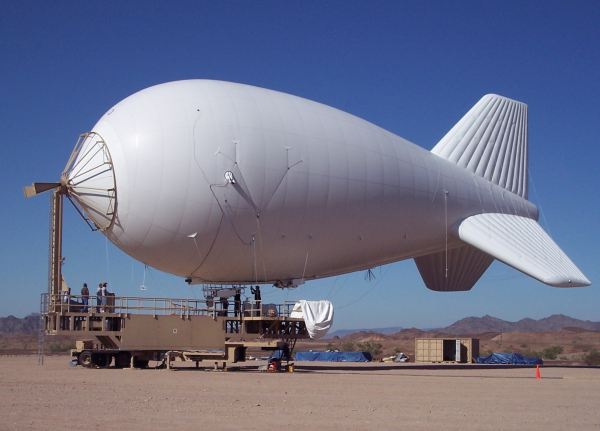Defense News - United States |
| |
Tuesday
, January 25, 2011, 12:15 PM |
|
|
| |
| Spy
balloons for the US Army troops in Afghanistan for video surveillance
of insurgents. |
| |
|
| |
The
Pentagon is sending dozens of the balloons to Afghanistan
to meet a growing military demand for video surveillance
of insurgents. Many more spy balloons are needed for the
war in Afghanistan, as they are part of an effort escalated
by Defense Secretary Gates to rush more tactical military
gear for the region to offset the IED (improvised explosive
devices) threat for the 30,000 additional troops that President
Obama has prepared to send to Afghanistan. |
|

Lockheed
Martin Spy Balloons PTDS Persistent Threat Detection System
used in Afghanistan |
|
With the spy balloons, "You can spot someone burying
an IED or setting up a checkpoint on a road near you;
you can catch someone about to mortar your base; you (can)
check whether the market is open in a nearby village,"
Ashton Carter said, the Pentagon’s top weapons buyer
of tactical military gear.
Therefore the Pentagon is sending dozens of balloons to
meet the growing military demand for video surveillance
of insurgents. Former Department of Defense Official,
Daniel Goure told Fox News that even if the insurgents
tried to shoot at the balloon with a sniper rifle it will
be very hard to hit it at 1,000 to 2,000 feet in the air,
and if hit it would take a whole lot of holes to bring
it down and if brought down it will get patched up, filled
up and sent back up. All of these features have made spy
balloons one of the most cost efficient tactical military
gear that the U.S. has to combat IED bombs.
|
|
Video
Spy balloons in Afghanistan PTDS ( Persistent Threat Detection
System)
{youtube}o9kSbLHNOiw{/youtube}
|
|
|
The military first began shipping special
ops tactical equipment in the shape of balloons to Afghanistan
to get a better look at how insurgents have increased their
planting of the IED’s. This year, insurgents planted
721 bombs compared with 291 last year. Attacks on U.S. and
allied forces with makeshift bombs in Afghanistan are 50
percent more deadly than three years ago, reflecting insurgents'
use of more powerful explosives and the increased vulnerability
of troops who patrol more on foot than in the past. Insurgents
using fertilizer-based explosives that lack metal components
frustrates attempts to detect buried bombs.
Recently,
one of the spy balloons spotted several insurgents planting
makeshift IED bombs and the insurgents were able to be captured.
Spy balloons are basically small blimps with built-in high
powered camera scopes like military binoculars. The camera
on the spy balloon can see 10 to 15 miles away. There are
more than 30 spy balloons currently in Afghanistan, up from
a handful at the beginning of the year and the goal is to
have at least 64 of them secured thousands of feet above
bases and key roads.
|